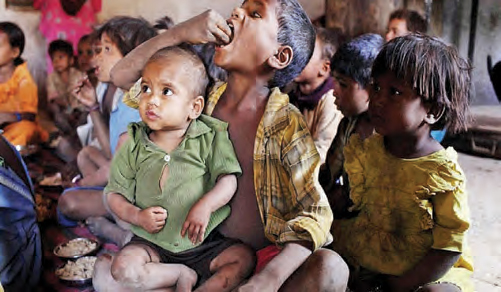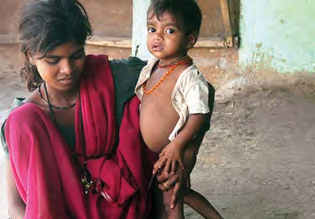
CORPORATE CITIZEN CLAPS FOR IAS OFFICER ADITI GARG, CEO AT THE INDORE SMART CITY DEVELOPMENT LIMITED (ISCDL) FOR PIONEERING THE CONCEPT OF ‘CARBON CREDITS’ IN INDIA IN OFFSETTING THE IMPACT OF INCREASED ‘CARBON FOOTPRINT’ LINKED TO INDUSTRIALISATION

A ‘carbon credit’ is a tradable certificate or permissions obtained for the ‘right’ to emit up to one tonne of carbon dioxide or other harmful greenhouse gases. Aditi not only found a solution to monetise green projects but also managed to sell carbon credits linked to registered projects by earning a revenue of INR 50 lakh from it. The idea is to ‘cap and trade’ air pollution that entraps heat via a functional set of rules enabling trading of ‘earned’ carbon permits by manufacturers for maintaining their permissible emission limits to those industries and other polluters who have violated their emission permits or licenses. The earned credits are openly auctioned to anybody in need of some extra emission limits within the permissible total limits. The intended projects have to be registered under the Verified Carbon Standard (VCS) programme of the United Nations Framework Convention on Climate Change (UNFCCC). The ISCDL had registered three of their projects a bio-methanation plant, a compost plant and 1.5 MW solar plant, under the UNFCCC VCS programme that helped reduce carbon dioxide emissions by over 1.7 lakh tonnes. The gross earnings received from these projects was paid at the rate of $0.05 per tonne. “The current environment-friendly projects are taken more out of the social or environmentally conscious mindset. The environment and climate is not a profitable commodity. So, I wanted to challenge the notion by earning small but a considerable amount of money,” she said. The visionary in Aditi is looking at private companies and individuals who manufacture solar power plants, or run compositing units or other green solutions to club their initiatives into bigger projects and benefit monetarily in a similar manner. While another pilot has been launched in Surat’s textile sector, an all India ‘carbon credit’ would entail far greater complexity but a much-needed shot towards international cooperation in resolving climate change.
CORPORATE CITIZEN SLAPS THE WORSENING MALNUTRITION INDICATORS IN THE MOST RECENT PHASE I (2019-20) NATIONAL FAMILY HEALTH SURVEY (NFHS)-5 DATA


Despite a significant improvement in some health parameters, a worsening trend continues as regards the nutritional status of children under five years across many states and union territories. Many states witnessed an increase in malnutrition cases between 2015-2019, despite India displaying improvement between NFHS 3 (2005-06) and NFHS 4 (2015-16). The situation has now taken a U-turn for the worse. Besides, the 2019-20 Sustainable Development Goals Index has also indicated poor performance, as India gets tagged under the ‘serious hunger’ category as per the 2020 Global Hunger Index, comprising of 14% of the undernourished population. The malnutrition indicators also point at children who are anaemic, the rise in stunted growth and in the ‘wasting’ category. India’s higher rate of under-nutrition has a direct impact on stunting, which impacts human capital, poverty scenario and social and financial equity. This has called for reflecting deeper into identifying poor performing pockets and on community-based child care for Severe Acute Malnutrition (SAM). “The Community-based Care for Acute Malnutrition has to be mainstreamed as a routine part of the government system,” said Sujeet Ranjan, Executive Director at The Coalition for Food and Nutrition Security, India. Of the 22 states and Union Territories, 13 showed a rise in stunting, including Maharashtra, West Bengal, Gujarat, and Kerala, amongst others. While Meghalaya (46.5%) and Bihar (42.9%) reported a higher stunting rate, higher than the Comprehensive National Nutrition Survey report 2016-2018, Sikkim was lowest at 22.3%, a 7.3% point drop since 2015-16. “Normally, we do not see stunting levels increasing because all the things that affect child growth tend to improve as stable democracies and economies move ahead,” said Purnima Menon, a senior research fellow at the International Food Policy Research Institute. Ironically, the current data represents a pre-pandemic status, will ‘mercy’ and astute ‘will’ iron out the ‘nutrition’ gap depiction as expected in the May 2021 phase 2 NFHS-5 data?